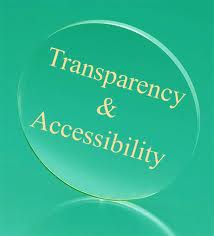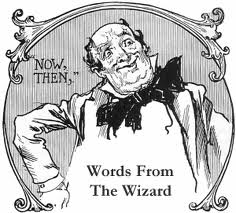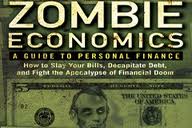 When I think of non-profit organizations who embark upon a strategic planning process, I usually get a mental picture of Toy Story’s Buzz Lightyear standing on that bed post proclaiming “To infinity and beyond!” However, in my experience, many non-profit organizations jump and their results are not nearly as good.
When I think of non-profit organizations who embark upon a strategic planning process, I usually get a mental picture of Toy Story’s Buzz Lightyear standing on that bed post proclaiming “To infinity and beyond!” However, in my experience, many non-profit organizations jump and their results are not nearly as good.
What I am referring to is the phenomenon of: engaging stakeholders . . . building consensus around vision/goals/objectives/action steps . . . writing the plan . . . approving the plan . . . putting the plan on the shelf and letting it die a dusty death.
So, the question being begged here is: “What do non-profits leaders (board and staff) need to do in order to bring their plans to life and avoid that ‘dusty death’?”
The simple and straightforward answer can be captured in two words:
Transparency
and
Accountability
 In a nutshell, “transparency” means that everyone can see your plan including: who has agreed to what, where, when, why and how. “Accountability” means that everyone can see your measurement indicators and how well (or not so well) you are doing at accomplishing the various aspects of your plan.
In a nutshell, “transparency” means that everyone can see your plan including: who has agreed to what, where, when, why and how. “Accountability” means that everyone can see your measurement indicators and how well (or not so well) you are doing at accomplishing the various aspects of your plan.
I love what my college alma mater — University of Illinois Urbana-Champaign — has done in the area of transparency with their strategic plan. Click here to check out how they’ve put everything on the internet for alumni, faculty, students, parents of students, residents of Urbana and Champaign, and especially donors to view.
I also like what Binghamton University did in the area of accountability with their online strategic planning dashboard. Click here to see that dashboard tool.
So, if you find yourself saying “Well, those are large university institutions and we’re different and unique,” let me help you bring these ideas into focus for your unique situation. The following is a short list of questions I encourage you to ask yourself about your specific non-profit situation:
- Do I want my plans to be implemented or do I want them to sit on the shelf and collect dust?
- Do I need other people to help with plan implementation or am I OK with doing it all myself?
- Do the donors who support my organization deserve to see how well (or not well) we are doing with implementing the plan they helped create and pay for?
If you answered “YES” to these questions, then I encourage you to pull that dusty plan off the shelf, identify the measurements and indicators you likely built into the plan, and invest in creating tools like dashboard or scorecards that easily communicate implementation progress (or hire someone who knows how to do it . . . aka an external consultant). Once that tool is developed, post it online and integrate it into all of your committee and board meetings. To quote a number of very famous people who all take credit for this expression:
“What gets measured, gets done!”
These ideas don’t just apply to strategic planning. You can employ the ideas of accountability and transparency to your resource development plan, annual campaign plan, marketing plan, business plan, etc etc etc.
There is a whole flip side to this blog post pertaining to “measuring the right things to get the right results,” but let’s save that discussion for another time.
What is stopping your agency from being bold and asking donors to hold you accountable for achieving your plans? How do you share your currently organizational progress with your donors, supporters and board volunteers? Can you use the comment box below to share examples of how you are transparent and ask others to hold you accountable? If you use online resources to accomplish these objectives, would you please include links to those examples in your comment so we can all see it?
Please take 30 seconds to weigh-in with a comment. We can and should all learn from each other.
Here is to your health!
Erik Anderson
Founder & President, The Healthy Non-Profit LLC
www.thehealthynonprofit.com
erik@thehealthynonprofit.com
http://twitter.com/#!/eanderson847
http://www.facebook.com/eanderson847|
http://www.linkedin.com/in/erikanderson847













